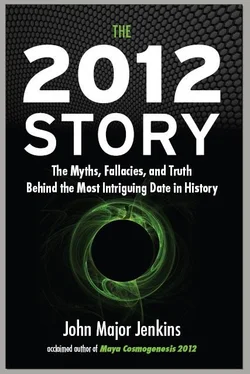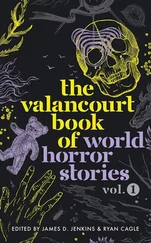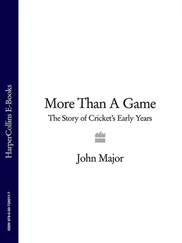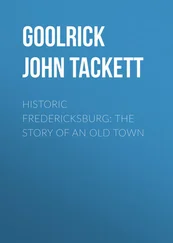In Mesoamerica, the land stretching between central Mexico and Honduras, a native genius unfolded itself through the centuries, producing insights about the cosmos while building huge stone cities and creating unique calendars. A curiously advanced worldview is encoded into these calendars, one that saw the processes of earth and sky interwoven. Seasonal cycles of rain and heat, sowing and growing, blended with a creation mythos centered on maize. The life cycle of a human being and the astronomical cycles above were seen to be integrated as one majestic symphony. For the ancient Meso americans, life was essentially a mystery that could never be completely figured out in the definitive sense that Western science seeks to achieve. But for the ancient Maya, gazing into the night sky from their lofty temples, alive to the mingling rhythms of the sky and their own beating hearts, it was a mystery that could be experienced.
In the rise and fall of the human enterprise, the Maya achievement had already passed by the time Spanish conquistadors arrived in 1519. The Classic Maya civilization was long gone. What the invaders found instead was a new, upstart Aztec empire sprawling over the high plateau of Central Mexico, far to the west of Maya dominions. After long peregrinations searching for a new homeland, the Aztecs had stumbled upon the central Mexican plateau. There they saw an eagle land on a nopal cactus with a snake in its mouth. This was the fulfillment of the prophecy, a sign that they had found their new homeland. They built what would later become Mexico City, and by 1500 AD their capital, Tenochtitlán, was a bustling metropolis.
The Aztecs inherited fading echoes of long-gone kingdoms and cosmologies, including fragments of a pan-Mesoamerican calendar of 260 days developed more than two millennia earlier by the Olmec civilization. Although the Aztecs appeared five centuries after the collapse of the Classic Maya civilization (which developed in eastern Mexico and parts of modern-day Central America), certain traditions, such as the idea of a succession of World Ages experienced by humanity, were shared. The end of each World Age was thought to signal a transformation. And for the Aztecs their world would indeed soon come to an end. The dramatic events that transpired between Cortés’s small but determined army and the people of Moctezuma in Central Mexico define what we consider to be the conquest of Mexico. But Mexico is a big place. It would be several more years before the Spanish invaders pushed their way far enough into the lands of the Maya to realize that another ancient civilization once flourished in the decaying jungle cities of the east.
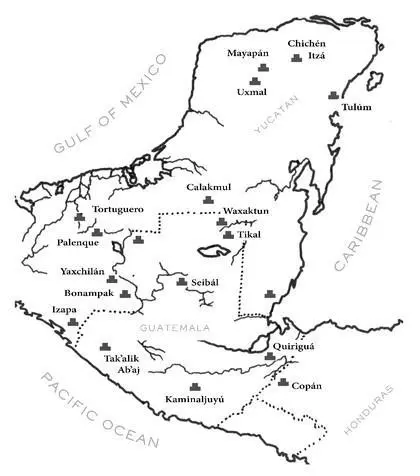
Maya country.
Although the old stone cities of the Maya were crumbling and forgotten, the tribes found by the Spanish were engaged in a thriving new phase of cultural activity. From the hot lowlands of the Yucatán Peninsula to the highlands of Chiapas and Guatemala, the Maya were deeply involved with the business of civilization. Trade networks stretched for hundreds of miles from seacoast to high volcanic peaks. City-states expressing new architectural styles, including the Quiché Maya kingdom, arose in the Guatemalan highlands. As with the Aztecs far to the west, an upsurge in cultural growth had spiked in the early 1500s, but was cut short by the strange foreigners riding beasts like deer and wearing invincible coats of metal.
Pedro de Alvarado defeated the Quiché king Tecun Uman in 1524, Cortés defeated Moctezuma and subjugated the Aztecs, and the Yucatec Maya were tortured and their books were burned in Inquisitorial bonfires. Franciscan missionaries targeted Maya religion as a heresy that must be stamped out, and Maya leaders were often tortured and put to death for practicing their traditional ways. In a letter of 1563 sent to the king of Spain, a citizen of Mérida named Diego Rodríguez Bibanco, who had received a royal appointment as “Defender of the Indians of Yucatán,” documented the “irregularities and punishments” inflicted on Maya people accused of practicing idolatry:
And so, with the power they claimed as ecclesiastical judges, and that which your Justice gave them, they set about the business with great rigor and atrocity, putting the Indians to great tortures of ropes and water, hanging them by pulleys with stones of 50 or 75 pounds tied to their feet, and so suspended gave them many lashes until the blood ran to the ground from their shoulders and legs. Besides this they tarred them with boiling fat as was the custom to do with Negro slaves, with the melted wax of lit candles dropped on their bare parts; all this without preceding information, or seeking first for the facts. This seemed to them the way to teach them. 4
Millions of indigenous citizens of the New World also died of diseases brought by Europeans, and by 1600 the native population of Mesoamerica had been reduced to a fraction of its former number.
It was a clash of civilizations unlike anything the world had ever experienced, as strange for the Maya as an armada of spaceships from Antares landing on the White House lawn, bringing alien beings hungry for megatons of gold, or copper, or soil. Most cultures would have become dust in the wind, but the Maya, ever resilient, having the adaptable strength of the willow tree, received and allowed the invaders to wash over them so that now, five hundred years later, they still stand. In certain important respects, mainly in the preservation of spiritual beliefs and calendar ceremonies, the Maya have never been conquered.
STILL HERE AFTER ALL THESE YEARS
To emphatically clarify a common misconception, the Maya didn’t simply vanish in some intergalactic recall of the ninth century. After the great cities of Copán, Palenque, Tikal, and Yaxchilán faltered and fell some eleven hundred years ago, succumbing to greed, plague, and drought, different Maya groups split and dispersed, embarking on long journeys looking for new homelands. They carried their cultural identities and accomplishments with them like burdens on their backs, eventually setting up house in new regions, such as the crenellated ravines and plateaus of the Guatemalan highlands.
But by 900 AD the end of the Maya Classic Period had come, signaling the end of a style of civilization that crumbled under the weight of its own hubris, much in the way that our own crumbles now. Cultures rise and fall as day follows night, and a plethora of Maya groups multiplied as new generations played ever-evolving variations on the theme of Mesoamerican civilization. The history of Mesoamerica is as complex as any other region of the world, perhaps more so due to the tumultuous landscape of earthquakes and eruptions in which the Maya have traditionally lived. But core beliefs and traditions, such as the old mythologies and ceremonies, have withstood the erosions of time.
In 1700, a Dominican friar named Francisco Ximénez took up his orders in the highland town of Santo Tomás Chichicastenango. The domain was still called New Spain, as Guatemala would not come into being as an independent republic until 1821. He discovered among the Maya people of his parish a strange book penned in an alphabetic script in the native Quiché language. It was closely guarded as a sacred text, handed down for generations from one elder to the next, and now it was placed into his hands. Sensitive to the plight of his Maya flock, and how people in his world harbored so many mistaken notions about them, he decided to translate it. In the foreword to his work he wrote:
Because I have seen many historians who write about these peoples and their beliefs, say and touch upon some things contained in their histories which were only scattered fragments, and since the historians had not seen the actual histories themselves, as they were written, I decide to put here and transcribe all of their histories, according to the way they had written them. 5
Читать дальше
